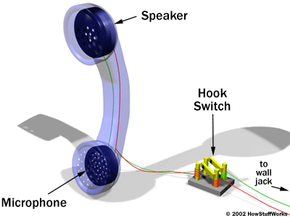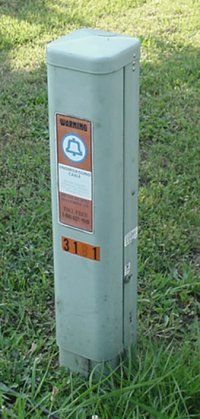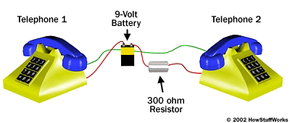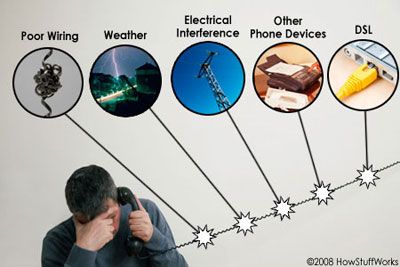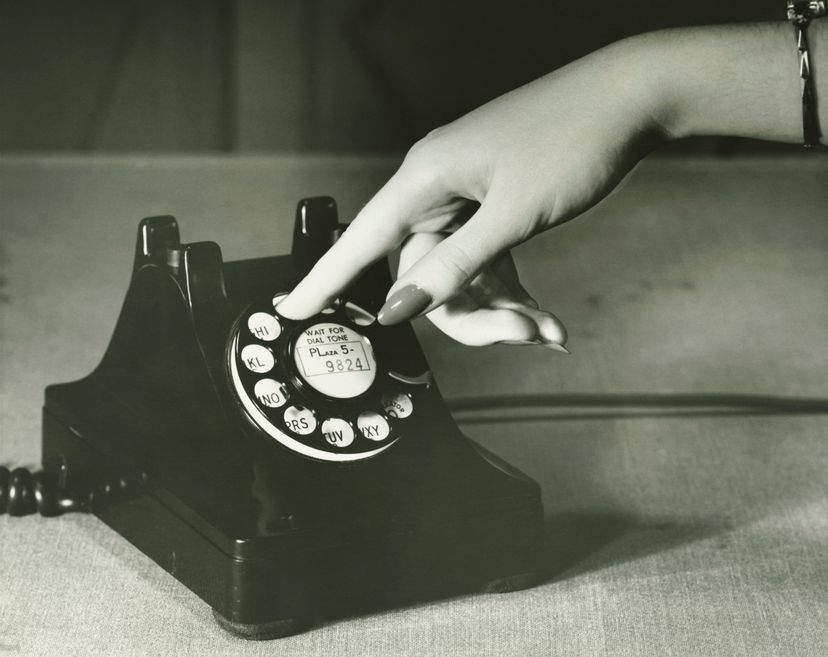
Although most of us take it completely for granted, the telephone you see in a restaurant or office is one of the most amazing devices ever created. If you want to talk to someone, all you have to do is pick up the phone and dial a few digits. You are instantly connected to that person, and you can have a two-way conversation through a telephone call.
A telephone line is at the heart of the telephone system. These lines are interconnected — forming a vast network that spans cities, countries and even continents, meaning you can reach people all over the planet. When you compare that to the state of the world just 100 years ago, when it might have taken several weeks to get a one-way written message to someone, you realize just how amazing the telephone is!
Advertisement
Surprisingly, a telephone is one of the simplest devices you have in your house. It is so simple because the telephone connection to your house has not changed in nearly a century. If you have an antique phone from the 1920s, you could connect it to the wall jack in your house and it would work fine!
